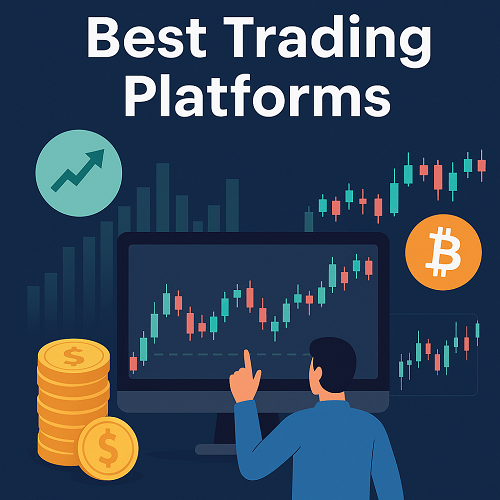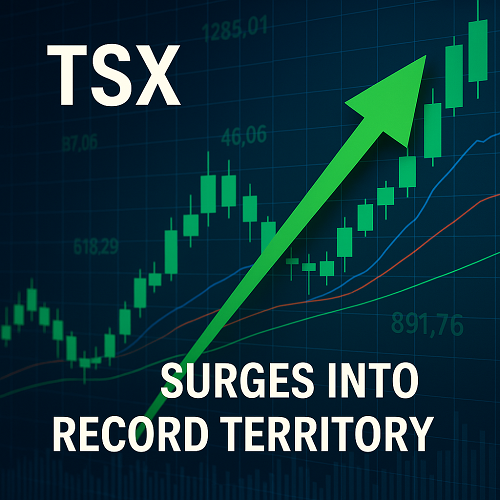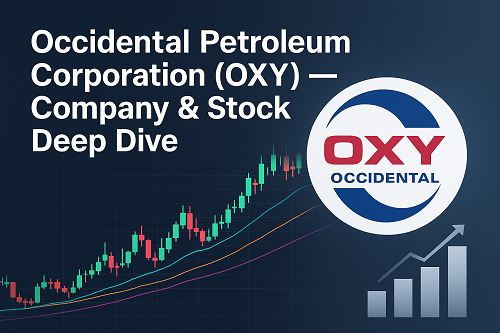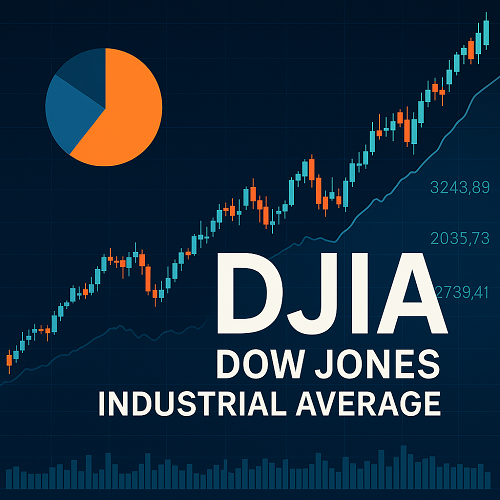Day trading is a fast-moving world where technology, speed, and strategy converge. As global markets evolve and access expands beyond traditional stock exchanges, traders are looking for the best platforms that offer reliability, lightning-fast execution, low costs, and access to multiple asset classes such as stocks, forex, futures, and cryptocurrencies.
This 2025 guide offers an expert, data-driven comparison of the best day trading platforms worldwide, helping traders of all experience levels evaluate and choose the system that fits their goals, style, and location.
Understanding Day Trading in 2025
Day trading involves opening and closing positions within the same trading session, profiting from short-term price fluctuations rather than long-term growth. Modern day traders use advanced software, technical analysis tools, and algorithmic systems to execute multiple trades in seconds or minutes.
Key Attributes of Day Trading
- Speed and Execution: Precision and minimal latency are critical.
- Liquidity: Active markets ensure smooth entries and exits.
- Risk Management: Volatile conditions can magnify gains and losses.
- Costs: Low commissions and tight spreads directly affect profitability.
Unlike investors, day traders rely on quick decision-making, technical indicators, and performance analytics to sustain consistent results.
Core Criteria for Evaluating Day Trading Platforms
Selecting the right broker or trading platform can be the difference between consistent profitability and costly mistakes. Here are the essential factors to consider when comparing platforms globally:
a) Execution Speed and Reliability
Milliseconds can make or break a trade. Platforms with direct market access (DMA), low-latency servers, and robust uptime records are essential.
Tip: Look for brokers that publish execution quality metrics or partner with premium liquidity providers.
b) Fee Structure and Transparency
Evaluate:
- Commission per trade (stocks, options, futures)
- Spread costs (for forex and crypto)
- Overnight margin interest rates
- Hidden fees such as withdrawal charges or inactivity penalties
Transparent pricing and volume-based discounts are key indicators of a trader-oriented broker.
c) Asset Class Coverage
Modern traders often diversify across asset classes. A strong day trading platform should support:
- Stocks and ETFs
- Options and Futures
- Forex pairs (major, minor, exotics)
- Cryptocurrencies and derivatives
d) Analytical and Charting Tools
Top-tier platforms offer:
- Customizable charting with multiple indicators
- Depth of market (DOM) and order flow visualization
- Advanced order types such as OCO (One Cancels the Other), trailing stops, and bracket orders
- Integration with third-party tools like TradingView, MetaTrader, or proprietary APIs
e) Regulatory Framework and Global Access
A reputable broker is licensed by recognized financial authorities (e.g., FINRA, FCA, ASIC, IIROC, CySEC).
Ensure the platform serves traders in your region, adheres to anti-money-laundering (AML) standards, and offers currency conversion tools for multi-region users.
f) Risk Control and Account Protection
Platforms should provide margin management tools, loss limits, and negative balance protection (especially for forex and CFD trading).
g) Education and Community
Day trading success depends on continuous learning. The best platforms offer tutorials, paper trading accounts, webinars, and global user communities for peer learning.
Top Day Trading Platforms for 2025 (Global Overview)
Below are the platforms that excel in performance, tools, and accessibility for day traders across regions and asset classes.
Interactive Brokers (IBKR Pro)
Best for: Professional traders and algorithmic execution
Overview:
Interactive Brokers remains the gold standard for active global traders. With access to over 150 markets across 30+ countries, IBKR Pro delivers institutional-grade execution, comprehensive research, and low per-share pricing.
Key Strengths:
- Global access to equities, futures, forex, and options
- Powerful Trader Workstation (TWS) desktop platform
- APIs for algorithmic and automated trading
- Tiered pricing with volume discounts
- Exceptional order-routing transparency
Considerations:
- Steep learning curve
- Complex interface for beginners
TradeStation
Best for: Data-driven traders and quantitative analysts
Overview:
TradeStation combines sophisticated analytics with high-speed order execution. It’s favored by professional traders who require customizable scripting (EasyLanguage) for automated systems.
Key Strengths:
- Backtesting and strategy automation tools
- Extensive historical market data
- Integration with TradingView and AI tools
- U.S. and global market connectivity
Considerations:
- Desktop software is resource-intensive
- Some international restrictions apply
IG Group
Best for: Multi-asset and international traders
Overview:
IG Group is one of the world’s largest CFD and forex brokers, offering access to 17,000+ markets including stocks, indices, commodities, and crypto. Its global footprint covers the U.K., Europe, Asia-Pacific, and parts of North America.
Key Strengths:
- Tight spreads on forex and indices
- Advanced charting and risk tools
- Regulatory strength (FCA, ASIC, MAS)
- Excellent educational resources
Considerations:
- CFD-based structure not available in some regions (like the U.S.)
CMC Markets
Best for: Forex and CFD day traders seeking stability
Overview:
CMC Markets offers powerful tools for short-term traders with high liquidity, award-winning platforms, and multi-asset coverage.
Key Strengths:
- Next Generation platform with customizable layouts
- Low-latency execution and tight spreads
- Negative balance protection
- Research portal with daily trading insights
Considerations:
- Focused primarily on CFD markets
TD Ameritrade (ThinkorSwim)
Best for: U.S.-based equity and options traders
Overview:
ThinkorSwim remains one of the most advanced retail trading environments, featuring extensive technical tools, backtesting capabilities, and streaming data.
Key Strengths:
- Professional-grade charting and scripting
- Powerful paper-trading environment
- Robust education center and real-time support
Considerations:
- Available only in select countries post-Charles Schwab acquisition
CTrader (via Pepperstone / FxPro)
Best for: Forex scalpers and ECN traders
Overview:
CTrader’s ECN execution and depth of market access make it ideal for short-term forex and metals trading. Offered by regulated brokers like Pepperstone and FxPro, it ensures low spreads and high transparency.
Key Strengths:
- True ECN order routing
- Custom scripting (cAlgo for bots)
- Clean interface and fast execution
- Cross-platform availability
Considerations:
- Limited stock market access
Binance and OKX
Best for: Active crypto day traders
Overview:
For those focused on digital assets, Binance and OKX dominate with deep liquidity, robust APIs, and advanced derivative markets.
Key Strengths:
- Wide range of crypto pairs and perpetual futures
- Low trading fees and rebate programs
- Advanced mobile and desktop terminals
- Risk control tools such as margin liquidation warnings
Considerations:
- Regulatory status varies by jurisdiction
- Requires strong security hygiene and compliance awareness
Comparison Snapshot (Global Platforms at a Glance)
| Platform | Best For | Asset Coverage | API/Automation | Regulation | Paper Trading |
|---|---|---|---|---|---|
| Interactive Brokers | Professionals | Stocks, Forex, Futures, Options, Crypto | Yes | FINRA, IIROC, FCA | Yes |
| TradeStation | Algorithmic | Stocks, Futures, Options | Yes | FINRA, FCA | Yes |
| IG Group | Global CFDs | Forex, Indices, Stocks, Crypto | Yes | FCA, ASIC, MAS | Yes |
| CMC Markets | Forex CFDs | Forex, Commodities, Indices | Yes | FCA, ASIC | Yes |
| TD Ameritrade | U.S. Equities | Stocks, Options, ETFs | Yes | FINRA, SIPC | Yes |
| CTrader (Pepperstone) | Forex ECN | Forex, Metals, Crypto | Yes | ASIC, FCA | Yes |
| Binance / OKX | Crypto | Crypto & Derivatives | Yes | Varies | Yes |
Regional Considerations
United States
- Pattern Day Trader (PDT) rule: Requires $25,000 minimum equity in margin accounts.
- Strict regulation ensures strong investor protection.
Canada
- Limited access to some U.S. platforms; consider Interactive Brokers Canada or CMC Markets Canada.
- Regulatory bodies: IIROC, OSC.
Europe and U.K.
- FCA and ESMA regulations cap leverage on retail accounts.
- IG Group and CMC Markets dominate retail CFD trading.
Asia-Pacific
- Rapidly growing markets in Singapore, Australia, and Hong Kong.
- Brokers such as Pepperstone, Saxo Bank, and Interactive Brokers APAC offer strong access.
Risk, Psychology, and Performance Metrics
a) Risk Management Fundamentals
- Use position sizing formulas (e.g., risk ≤ 1 % of capital per trade).
- Employ stop-loss and trailing stops to contain losses.
- Diversify across assets to avoid overexposure.
b) Trading Psychology
Emotional discipline is a trader’s greatest edge.
- Avoid impulsive or revenge trades.
- Stick to a defined trading plan.
- Record emotions and context in a trade journal.
c) Measuring Performance
Track key metrics monthly:
- Win rate and profit factor
- Average gain/loss per trade
- Maximum drawdown
- Sharpe or Sortino ratio
- Commission and slippage impact
How to Choose the Right Platform (Decision Framework)
- Define your primary asset class — stocks, forex, crypto, or multi-asset.
- Assess your style — scalping, momentum, or algorithmic.
- Check platform access in your jurisdiction.
- Compare execution metrics — speed, spreads, reliability.
- Test with demo accounts to gauge usability.
- Evaluate risk tools and educational support.
Choosing a platform is both a strategic and personal decision. Test, refine, and integrate it with your workflow before committing full capital.
Expert Insights for 2025
- Artificial Intelligence Integration: Platforms now employ AI-driven order routing, predictive analytics, and trade optimization.
- Cross-Asset Correlation Tools: Expect more interfaces blending forex, equities, and crypto analysis in one dashboard.
- Mobile Pro-Terminals: Mobile apps are now fully equipped with order flow, charting, and hotkey functionality.
- Regulatory Adaptation: With crypto and tokenized assets, regulators are imposing new reporting standards — choose brokers aligned with compliance evolution.
Summary
In 2025, the best day trading platforms share one theme — speed, transparency, and adaptability. Whether you trade equities on Interactive Brokers, CFDs on IG, or digital assets on Binance, the right platform should complement your trading style, risk profile, and geographical access.
Day trading success depends not just on execution speed or charting tools, but on discipline, journalization, and continuous learning. Technology is an enabler — mastery comes from strategy, patience, and consistency.
Frequently Asked Questions (FAQ)
What is the best overall day trading platform in 2025?
For global access, advanced tools, and professional-grade reliability, Interactive Brokers (IBKR Pro) remains the most comprehensive solution.
Which platform is best for forex day trading?
CTrader (via Pepperstone or FxPro) and IG Group offer true ECN pricing and high execution quality for forex traders.
What is the best crypto day trading platform?
Binance and OKX are top choices for liquidity, fees, and derivatives. However, always verify local regulations before trading crypto.
Is day trading legal worldwide?
Yes, but it’s regulated differently. The U.S., Canada, and the U.K. have strict rules, while some regions have lighter oversight. Always comply with your local authority’s requirements.
Can beginners start day trading?
Beginners should start with paper trading or demo accounts to build strategy and emotional control before committing capital.
How much capital do I need to start?
It depends on region and asset type. In the U.S., pattern day traders require at least $25,000 in margin accounts. Forex and CFD traders can start with smaller amounts, but risk management is crucial.
Do I need fast internet for day trading?
Yes. A stable, low-latency connection is essential for real-time order execution, especially in volatile markets.
Final Thoughts
Day trading in 2025 is a global, data-driven discipline demanding the right blend of technology, execution, and emotional balance. Choose a platform that aligns with your strategy and jurisdiction, rigorously test it, and treat your trading as a professional enterprise rather than speculation.
Master your tools. Master your mind. That’s the real edge.





 XAUT-USD
XAUT-USD  AMD
AMD  MARA
MARA  SHOP
SHOP  BULL
BULL  CL=F
CL=F